One of only two female founding members of the Royal Academy of Arts in London, Angelica Kauffmann was something of a trailblazer in the 18th century. Her importance in the history of art is not just based on how unusual it was for a woman to be a recognised artist, but also on the influence her work would have on subsequent generations of artists.
A Radiant Renaissance presents a comprehensive selection of Kaufmann’s works, which illustrate the breadth of her talent, from portraiture to decorative arts and history painting; the field that would ultimately bring her international recognition from the leading courts of Europe and private patrons alike.
Born in Switzerland in 1741, Kauffman spent her childhood living and travelling in Europe with her father, the lesser artist, Johann Kauffmann. Her ability showed from an early age, so much so, that by her teens she was already working on portrait commissions. At the start of this exhibition, visitors are invited to explore her mastery in this field through several of her self-portraits, such as Self-portrait in the Traditional Costume of the Bregenz Forest, 1781.
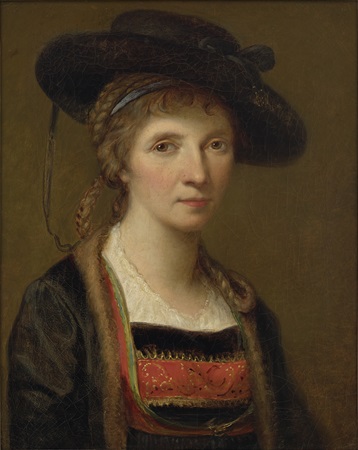

Left: Self-portrait in the Traditional Costume of the Bregenz Forest, 1781; Photo: © Innsbruck, Tiroler Landesmuseen. Right: Cleopatra Adorning the Tomb of Mark Anthony, c. 1765. The Burghley House Collection. Photo: © The Burghley House Collection.
Beyond portraiture, Kauffman excelled in history painting, a genre from which women were generally excluded due to the requirements to study anatomy, an issue that she avoided by studying classical sculptures rather than live models. Challenging the conventions of her time, Kauffman often chose to focus on female protagonists, such as in Cleopatra Adorning the Tomb of Mark Anthony, c.1769-70.
In 1766, she accepted an invitation to visit London, where she achieved immediate success. As one contemporary stated, the world went “Angelicamad”. Her time with the Royal Academy of Arts is covered in the third section of the exhibition, which includes Johan Zoffany’s famous group portrait of the Royal Academy members, The Academicians of the Royal Academy, 1771-1772. In it, Kauffmann and Moser’s positions as founding members are reduced to portraits on the wall, as women were not allowed in the Life Room, where the portrait is set.
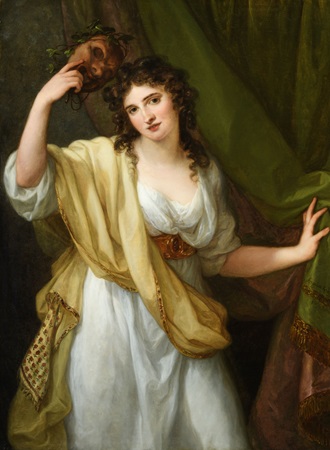
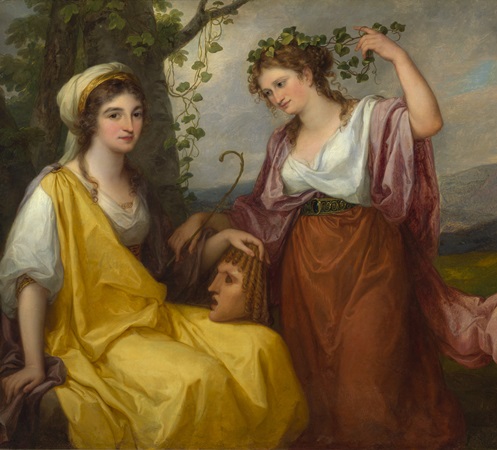
Left: Portrait of Emma, Lady Hamilton, as Muse of Comedy, 1791; private collection. Right: Portraits of Domenica Morghen and Maddalena Volpato as Muses of Tragedy and Comedy, 1791. National Museum in Warsaw MNW. Photo: Piotr Ligier © Collection of National Museum in Warsaw.
The last section of the show is dedicated to Kauffmann’s late career in Rome, where she returned in 1782. It was here that her status and reputation prospered, and she became the to-go artist for women who wanted themselves portrayed, such as Portrait of Emma, Lady Hamilton, as Muse of Comedy, 1791. Particularly captivating is Self-portrait at the Crossroads between the Arts of Music and Painting, 1794, in which the artist looks back at the point in her life when she decided to abandon her musical career and devote herself entirely to painting. The work is one of the most highly regarded self-portraits of the 18th century.
The exhibition concludes with one of her few religious paintings, Christ and the Samaritan Woman, 1796; one of two canvases carried in her funeral procession in 1807, organised by her close friend, the sculptor Antonio Canova, along with other contemporary artists and scholars.
Angelica Kauffman: a radiant renaissance
Royal Academy of Arts. 1st March – 30th June 2024
Burlington House, Piccadilly, London W1J 0BD
Words: Lavinia Dickson-Robinson
Opening picture: Angelica Kauffman, Self-portrait at the Crossroads between the Arts of Music and Painting, 1794. Oil on canvas, 147.3 x 215.9 cm. National Trust Collections (Nostell Priory, The St. Oswald Collection). Photo: © National Trust Images/John Hammond





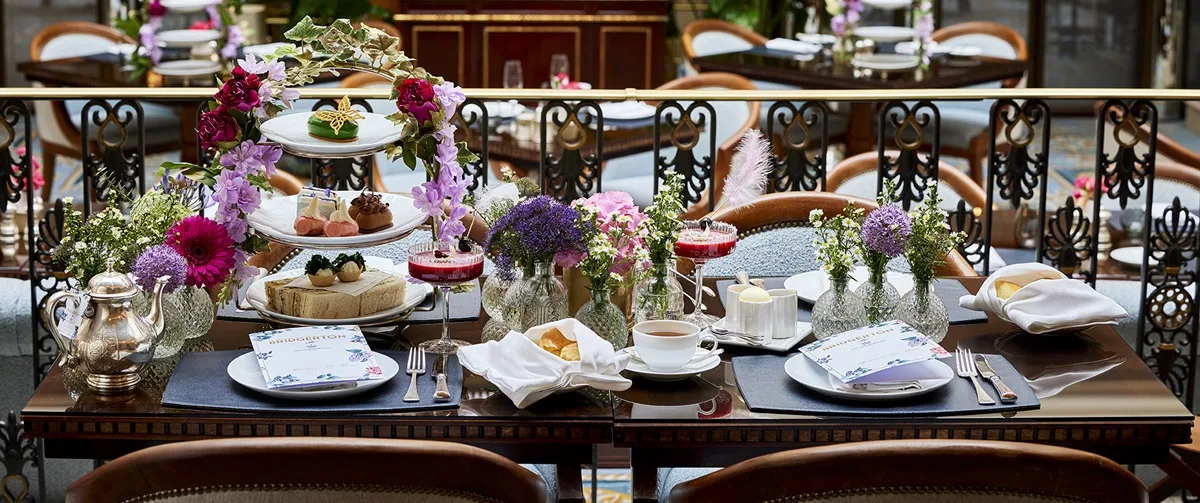
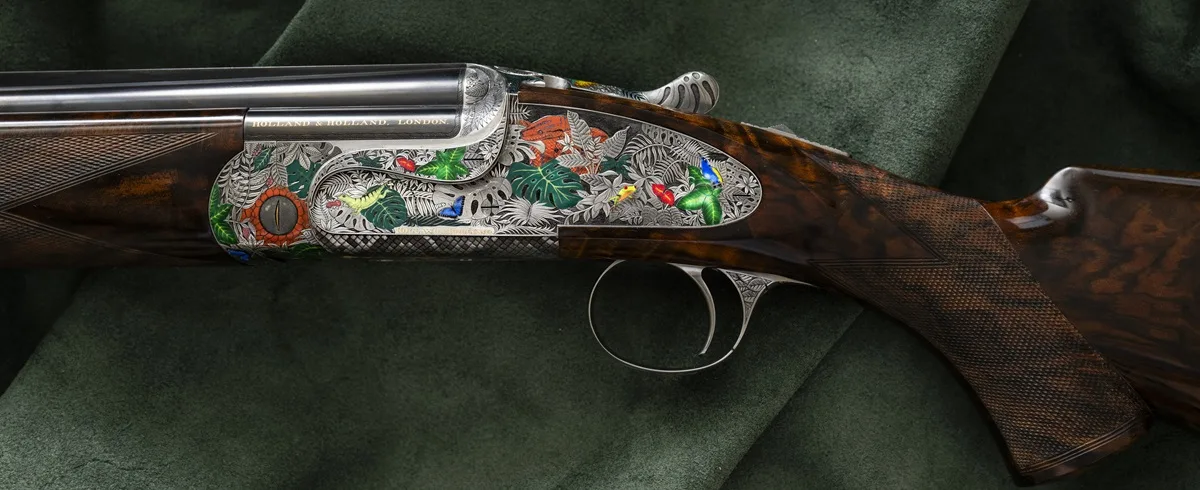

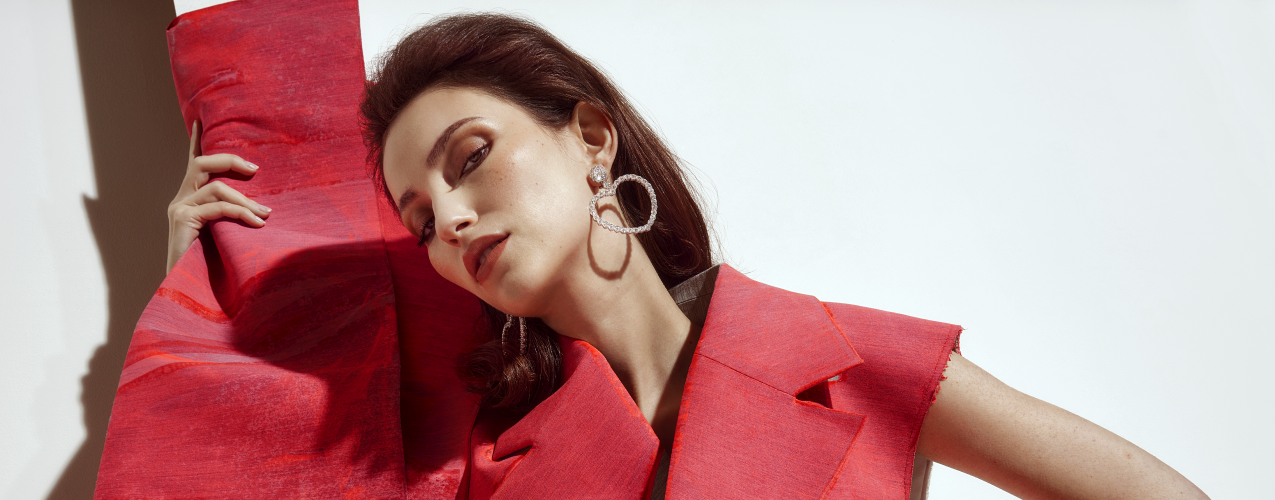
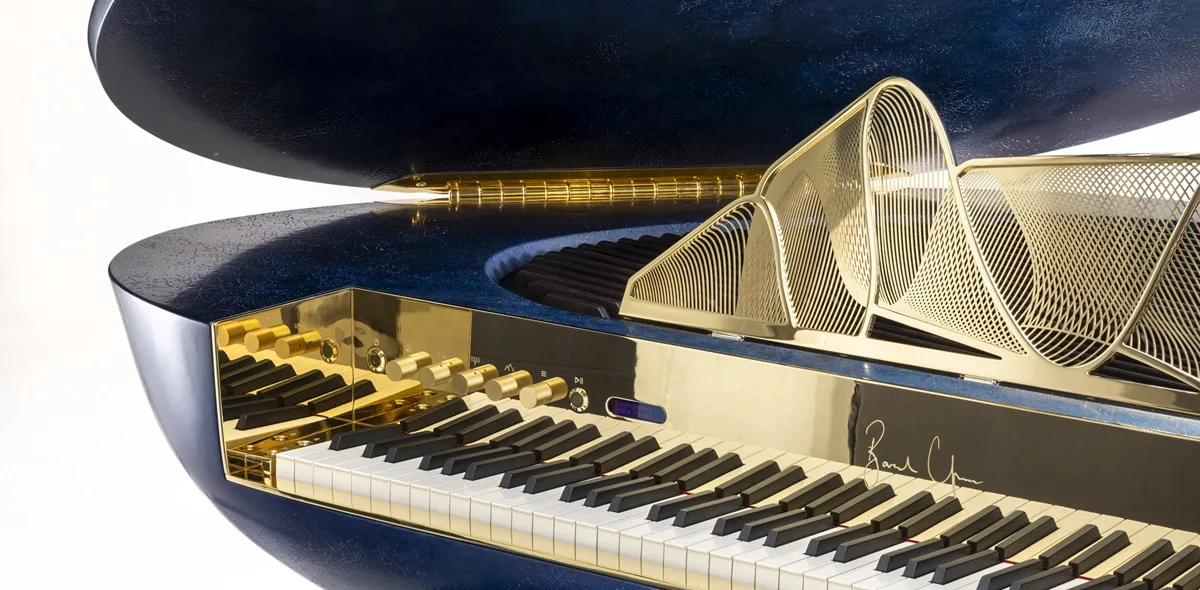
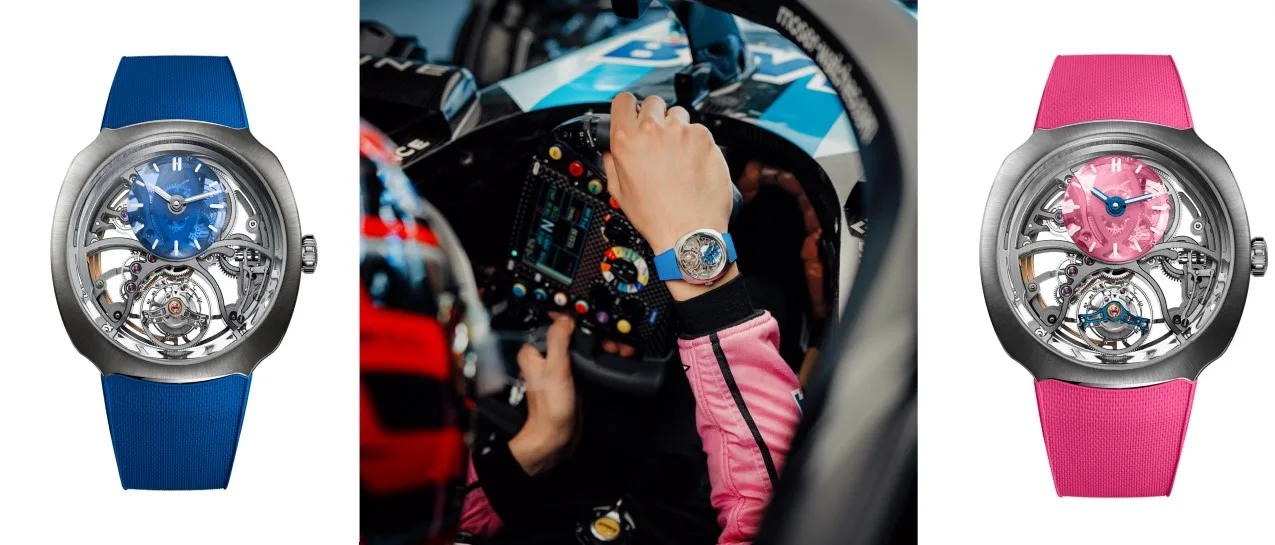



Show Comments +